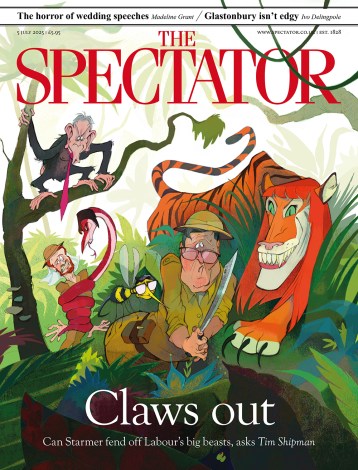Love of queens and princes
Watercolour: only a medium but what a medium! It’s so versatile, and when painting the landscape it can respond with lightning speed to changes in the weather. Watercolour: only a medium but what a medium! It’s so versatile, and when painting the landscape it can respond with lightning speed to changes in the weather. The




